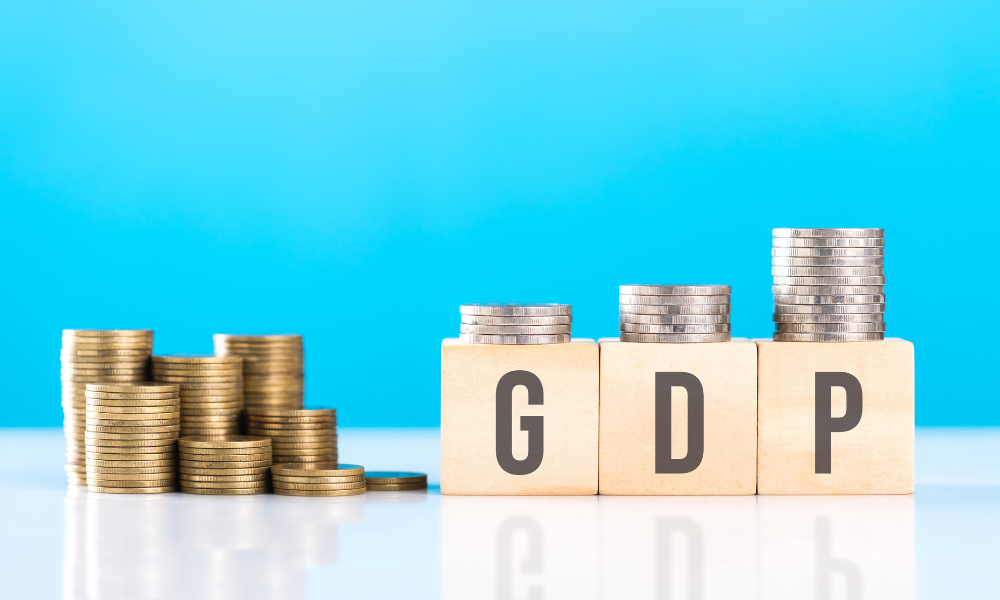Russell Investments investment strategist on things to watch and the market sentiment on future rate cuts

While the US Federal Reserve is expected to hold interest rates steady today, the question remains: when will it start slicing and dicing?
According to BeiChen Lin, an investment strategist at Russell Investments, the even more interesting questions are what type of hold will it be? Will it be hawkish or dovish?
That's where some of the more nuanced details around the statement itself, the dot plots, and Chair Jerome Powell’s press conference, are going to be the things to watch.
Back in December at the FOMC press conference, Powell said that the Fed was likely done with rate hikes and that they'd be looking to cut rates in 2024. “The markets were really happy at the time,” Lin says. “So, you had the markets pricing in around six to seven rate cuts.” But in January, several Fed officials started to get uncomfortable with how quickly financial conditions eased up.
“At one point, the 10-year Treasury yield had fallen below 3.8 and so you saw a lot of Fed officials start to push back and say, ‘We're gonna be patient with the rate cuts.’ That ultimately culminated in chair Powell himself at the January FOMC press conference saying, ‘We need more confidence that inflation is heading sustainably down towards our 2 percent target, before we can cut rates.’ So, you had this transition from pretty dovish down in Powell to one that was actively pushing back,” Lin said.
The question that’s on a lot of people’s minds today, Lin added, is which version of Powell we going to get this time? “Are we going to get the more dovish press conference, or we're going to get the more hawkish press conference?”
Accordingly, taking into account where market pricing is today because of the hotter-than-expected inflation and job creation data that Russell has seen, markets have significantly reduced the amount of rate cuts that they're pricing in. Even though the Fed expected to only cut three times this tear, there's a chance the Fed might not even do that many.
Lin thinks the next round of cuts could be as early as May but that will all depend on the next round of employment and inflation data, which will tell the Fed how much progress they made in their inflation fight.
“If we don't see a cut in May, I think it's still possible we see a cut in June. Based on the current dynamics, I'd be very surprised if they haven't already cut by July. It is possible that they end up not cutting until September. I think the best choice for the Fed would be to cut interest rates sometime either in May or June or July,” Lin said.
The economy finds itself in an environment where the equity markets are very buoyant, with the S&P 500 hitting new highs. However, bond yields are still fairly high, Lin points out, as they're at 4.3 percent on the 10-year. As a result, Lin thinks Powell will likely be more focused on the bond side when it comes to financial conditions rather than equities.
“This allows him to not necessarily have to push back that aggressively, but I think he's still going to ultimately emphasize that the reason that the Fed can cut rates is because they've made a lot of progress towards fighting inflation. As a result, interest rates don't need to be as restrictive.”



